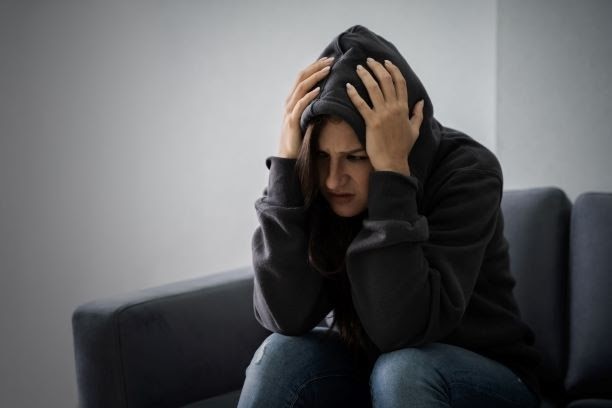If you or a loved one ever tried to quit an addiction — any addiction — then you know how horrible withdrawal symptoms can be. We are a Suboxone Clinic in Phoenix and we want you to be prepared for everything that recovery from substance use means.
What is Suboxone? It’s a combination of buprenorphine and naloxone. Buprenorphine is a partial agonist and naloxone is an opioid antagonist. Combined, they’re an effective medication for those recovering from opiate addiction by helping relieve withdrawal symptoms and cravings by producing a manageable level of opioid effects in the brain.
Suboxone is typically taken once per day and is the most effective when taken at the same time each day. A person’s weight, metabolism, and history of drug abuse can lengthen or shorten the action of Suboxone. It’s best to work with a doctor on a customized dose, based on your medical history.
How Does Suboxone Work?
The Substance Abuse and Mental Health Services Administration (SAMHSA) reports that the buprenorphine in Suboxone produces opioid-like effects such as euphoria, but the effects are much weaker. The point of this is to help wean the user’s brain off of the addictive effects caused by opioids.
The naloxone helps reverse an overdose, if one does occur. It works by attaching to opioid receptors and reverses and blocks the effects of other opioids.
Suboxone itself does not block opiates and increased dosages do not produce stronger effects.
Symptoms of Suboxone Withdrawal
Suboxone withdrawal symptoms can be physical, emotional, and mental. They’re very similar to symptoms of opioid withdrawal, but are generally weaker in nature. This is because the medicine is working! It’s helping reduce the withdrawal symptoms you would have felt without Suboxone in your system.
If you take Suboxone to treat opioid addiction, then your withdrawal symptoms should be less severe than what you have experienced in the past.
Below is a list of the common symptoms of Suboxone withdrawal.
Muscle aches and pains
Opioids are powerful painkillers and many people get hooked on them because they’re using them to find relief from a past or current injury. Without it in their system, they may experience muscle aches and pains that they were trying to avoid, or everyday pain that was blocked by the drug.
Sweating And Chills
Drugs and alcohol affects the central nervous system, the circulatory system, and virtually every part of your body. Drinking can increase your heart rate and widen blood vessels in your skin. This can trigger perspiration.
Stomach Distress
Cramps, nausea, diarrhea, vomiting. Opioid use is known to cause stomach distress and weaning off of the drug will not necessarily immediately stop the pain, especially due to the nature of Suboxone.
Anxiety
Opioids release euphoria and your body craves that feeling. Not getting that can cause anxiety to spike. Anxiety is a natural response to how your body handles stress. Because of this increase in stress, you can feel your anxiety shoot up for a few weeks as you quit. This tends to occur a few days into quitting and can last a few weeks.
Restlessness
While your stress is higher, your body is also processing and experiencing other physical symptoms of withdrawal. It is completely normal to feel restless while your body’s coping with the sudden change. To help, try to keep yourself as distracted and occupied with healthy activities as possible.
Opiate Drug Withdrawal
To compare, we wanted to show you a list of symptoms you can expect from opioid withdrawal as well. Opiate withdrawal occurs when use of opiate drugs is ceased or greatly diminished. Chronic use of drugs like heroin, OxyContin, methadone, morphine, and other opiates can cause withdrawal symptoms when the person stops taking the drug. The U.S. National Library of Medicine reports that about 9 percent of the population misuses opiates at some point during their lives.
The National Library of Medicine lists the following symptoms of opiate withdrawal:
- Anxiety and agitation
- Muscle aches
- Insomnia
- Sweating
- Abdominal cramping
- Vomiting
- Dilated pupils
Why Use Suboxone?
Although withdrawal can seem scary, suboxone is designed to help you or a loved one live a healthier life. Its primary function is to stop drug abuse by reducing your cravings and blocking the effects of opioids. Combining Suboxone with counseling is proven to help beat addiction:
- There is a 10% recovery rate for addictions without outside help
- 25% of users recover with Suboxone alone
- 50% recover with MAT and counseling
Get the help you or your loved ones deserve so they can take back their life from addiction. Contact us today and let Direct2Recovery help you heal.




